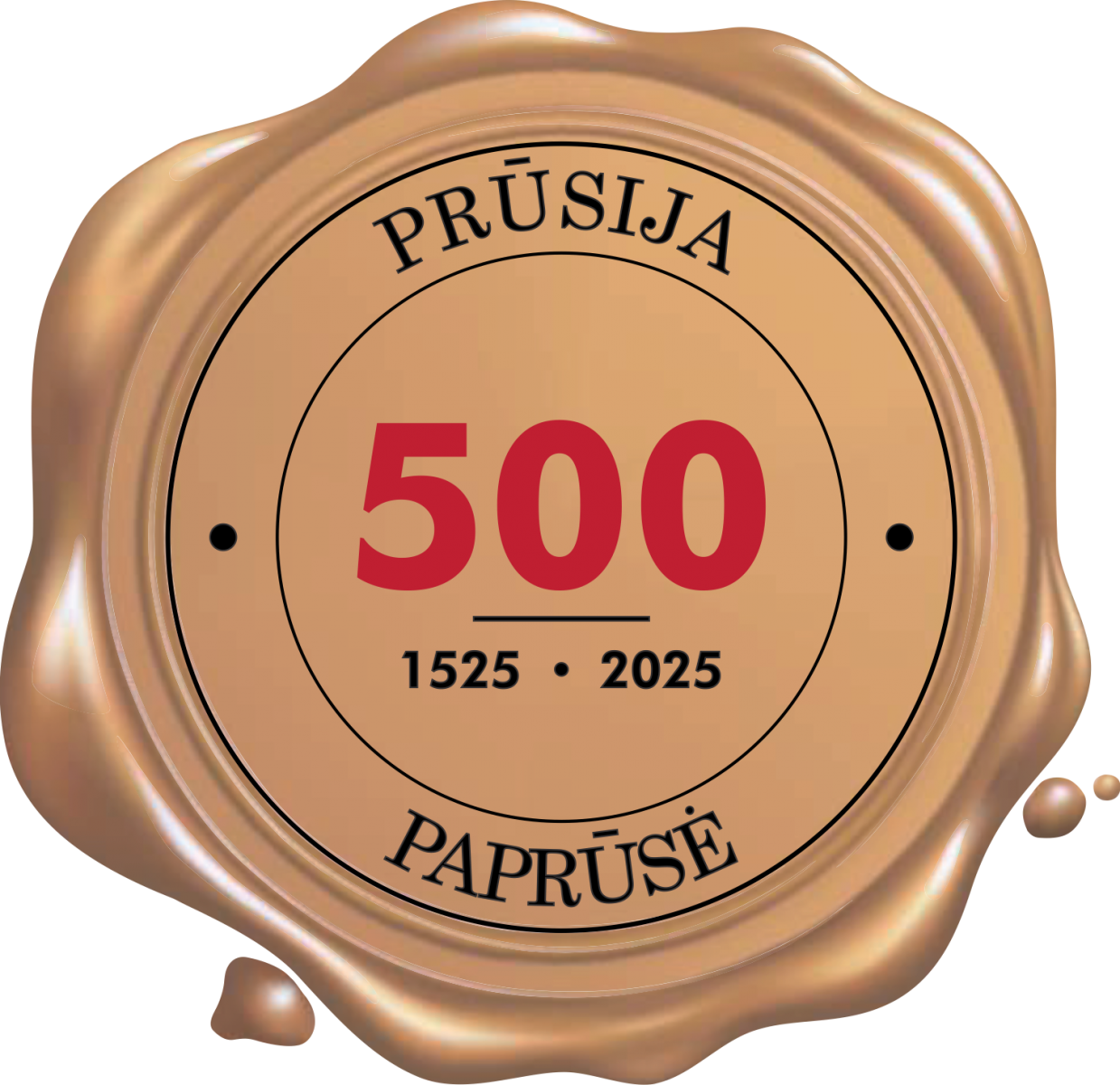
Paprussia
From the Universal Lithuanian Encyclopedia
Paprussia The territory of the Grand Duchy of Lithuania in the 15th-20th centuries, and later the territory of the Lithuanian border with Prussia (Little Lithuania) in the Sudauva and Samogitia regions. It covered approximately from Vištytis to Nemirseta with Kudirkos Naumiestis, Virbali, Kybartai, Vilkaviškis, Marijampolė, Šakiai, Sudargas, Jurbarkas, Žvyri (Skirsnemune), Tauragė, Batakiai and Skaudvilė, Žemaičių Naumiestis, Katyčiai (from 1533 it belonged to Prussia), Sartininkai, Vainutas, Kvėdarna, Gardams, Švėkšna, Šilalė, Veiviržėnai, Vėžaičiai, Gargždai, and Kretinga settlements.
It was formed after the Peace of Melnus (1422) between the Grand Duchy of Lithuania and the Teutonic Knights (Prussia), when the state border was established. A permanent border with distinctive customs and other ethnographic features of the inhabitants developed. The wars with the Crusaders resulted in a desert on both sides of the border. After the wars ended, this territory of Great and Little Lithuania began to be settled. The inhabitants were the Suduvians and Samogitians who came to Little Lithuania, and the surviving Sclavs and Nadruvians (who turned into Lithuanians), as well as the descendants of the Prussians and Huguenots (who settled in Little Lithuania in the 17th century), and from the 18th century onwards, German colonists. People from Prussia moved to Lithuania for other reasons, and some of them stayed. Imported customs spread and traditions of mixed populations developed. As skilled craftsmen from Little Lithuania arrived in Paprussia, distinctive craft centres were established in the region, Lithuanian-style huts were built, and similar products were produced in both regions. The inhabitants of these regions were distinguished from other regions of Lithuania by their industriousness, education, economic and cultural progress. Some of the newcomers maintained Lutheranism (Catholicism was dominant in Lithuania), and many Evangelical Lutheran parishes were established in Kretinga, Žemaičių Naumiestis, Tauragė, Švėkšnoje, Šilalė, Jurbarkė, Skirsnemune, Sudargė, Kudirkos Naumiestis, Virbali, Vilkaviskis, Vištytyty, Marijampolė, and other places. Many of the newcomers from Little Lithuania kept in touch with their relatives on the other side of the Prussian border, and some of their descendants returned to their homeland (e.g. Banaičiai, Žemaitaičiai). In Paprussia, there was a reliable shelter for the book smugglers who transported forbidden Lithuanian literature to Lithuania and the Russian Empire, as well as guides and smuggling. Paprussia was the birthplace of famous figures of Little Lithuania (e.g. A. Kuršaitis).
After the 1795 division of the Third Republic of the Two Nations, when Sūduva (Transnemonia) was annexed to the Kingdom of Prussia and the New Province of East Prussia (existed until 1807), many colonists from Prussia and Little Lithuania settled in the Paprussia region (e.g, In 1795, the Baron von Keudell (Koidel) family of Lithuanian origin, who bought the Gelgaudiškis manor in 1795, invited a large number of German specialists, and established a famous cheese factory and stud farm); some of them returned after 1807. After the French War (1807-15), when Trans-Nenmark and Paprussia were annexed to the Russian Empire (the rest of Lithuania had already been annexed in 1795), the standard of living of the inhabitants of Paprussia began to differ. Those living north of the lower Nemunas River wore wattles (called karnavyis) and were considered Semitic, while those living in the south of Paprussia wore hats with collars (called liots) like the Lithuanians of Little Lithuania and were considered Suvalkians. As close neighbours, the Liocs of Paprūsė and the Lithuanians of Little Lithuania spoke the same dialect.
The distinctive life of the inhabitants of Paprussia was disrupted by the Soviet occupation (from the mid-1940s). According to the agreements between the USSR and Germany in 1939-41, many Lithuanians, who fled from the Soviet occupiers, left with the Germans during the repatriation to Germany; skilled craftsmen and craftswomen left, and the evangelical parishes of Paprussia were reduced in size. Services were held in Lithuanian and German until 1941, after 1945 only in Lithuanian. During the Soviet occupation, there were 10 Evangelical Lutheran parishes in the Paprussia region (of which only Sudarg in Suvalkija). After World War II, there were no Lithuanians left in Little Lithuania, but the Limoc people who lived in Paprūsė (e.g. in the vicinity of Kiduliai) preserved a distinctive ancient dialect (there were also people of German origin) and used a number of Germanisms. The descendants of the Lioc remained very religious.
List of References
J. Janavičienė Žemaičių Naumiesčio lietuvininkai Vilnius 1992;
V. Daunienė Liocų žemė / Suvalkija nr. 2 2004;
N. Angermann Die Deutschen in Litauen Lüneburg 1996.

